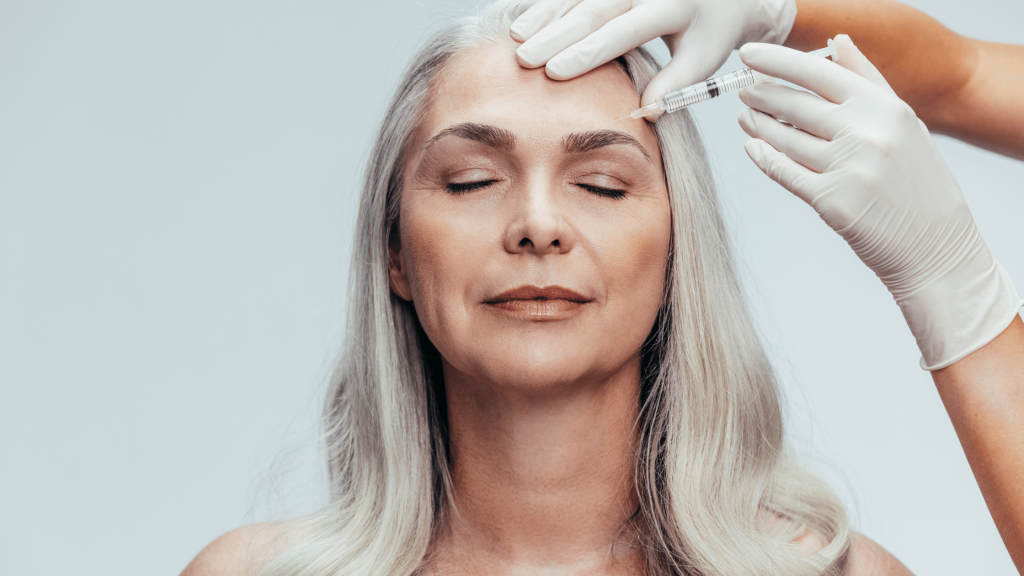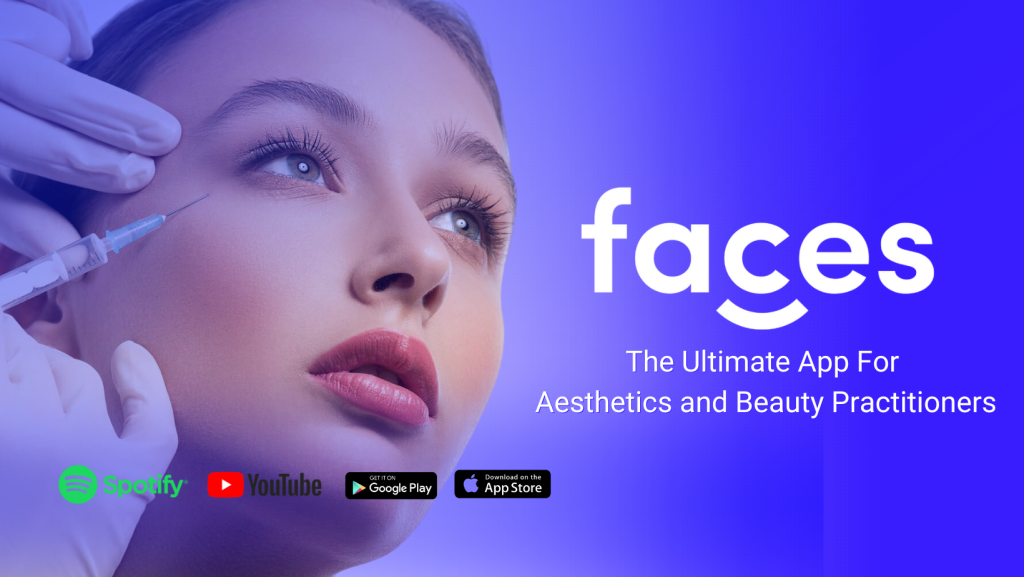
The quest for eternal youth has inspired mankind for centuries. Today, that quest has morphed into a booming beauty industry, with Botox treatments often touted as the miraculous fountain of youth. But just how popular is Botox in the UK? Let’s delve into the heart of the British love affair with this seemingly age-defying treatment.
The Meteoric Rise of Botox
For the uninitiated, Botox is a brand name for a substance known as Botulinum Toxin. It’s a treatment injected into specific muscles to temporarily paralyse them, smoothing out wrinkles and reducing the appearance of fine lines. Over the past decade, the popularity of Botox has skyrocketed across the globe, with the UK riding the crest of this aesthetic wave.
Botox: The British Beauty Behemoth
Botox treatments have, without doubt, cemented their place in the UK’s beauty scene. According to reports, the non-surgical cosmetic treatment industry in the UK is worth a staggering £3 billion, and Botox treatments account for a sizeable chunk of this figure.
The reasons behind this surge in popularity are manifold. Firstly, the procedure’s relative speed and non-invasive nature make it an attractive option for individuals on a tight schedule. With the procedure often taking less than an hour and requiring no recovery time, it’s the perfect lunchtime makeover.
Secondly, the rise of social media and the pursuit of the perfect selfie have fuelled the demand for Botox treatments. People are becoming more conscious of their appearances and are increasingly willing to use Botox to help maintain a youthful appearance.

Demystifying the Botox Demographic
Contrary to popular belief, Botox is not exclusive to women or the wealthy elite. There’s a growing trend among men seeking Botox treatments, affectionately dubbed ‘Brotox,’ highlighting a shift in societal attitudes towards men’s aesthetic procedures.
Furthermore, Botox is no longer the domain of the older generation seeking to turn back the clock. The trend is increasingly popular among younger individuals, often in their late twenties or early thirties, who use these treatments as a preventative measure to delay the onset of wrinkles.
Botox Beyond Beauty
Beyond its cosmetic applications, Botox’s popularity in the UK is bolstered by its therapeutic uses. From alleviating conditions like migraines and excessive sweating to treating muscular disorders, the range of Botox’s medical applications is impressive. This versatility has certainly contributed to the UK’s embrace of Botox treatments.
A Word of Caution
While Botox treatments have found favour among UK beauty enthusiasts, it’s essential to remember that any procedure, no matter how minor it seems, carries some degree of risk. Therefore, it’s crucial to consult with a qualified and reputable medical professional before embarking on your Botox journey.
Conclusion: Botox Booming in Britain?
So, is Botox popular in the UK? Absolutely! The rise in demand for Botox treatments and their infiltration into mainstream beauty regimes is evidence of a UK love affair with this age-defying treatment.
Whether it’s the appeal of a quick fix for wrinkles, a preventative measure against ageing, or the lure of its therapeutic benefits, Botox has certainly found a home in the UK’s aesthetic landscape. But remember, while Botox may be riding the wave of popularity, nothing replaces the beauty of a healthy lifestyle and self-acceptance.













